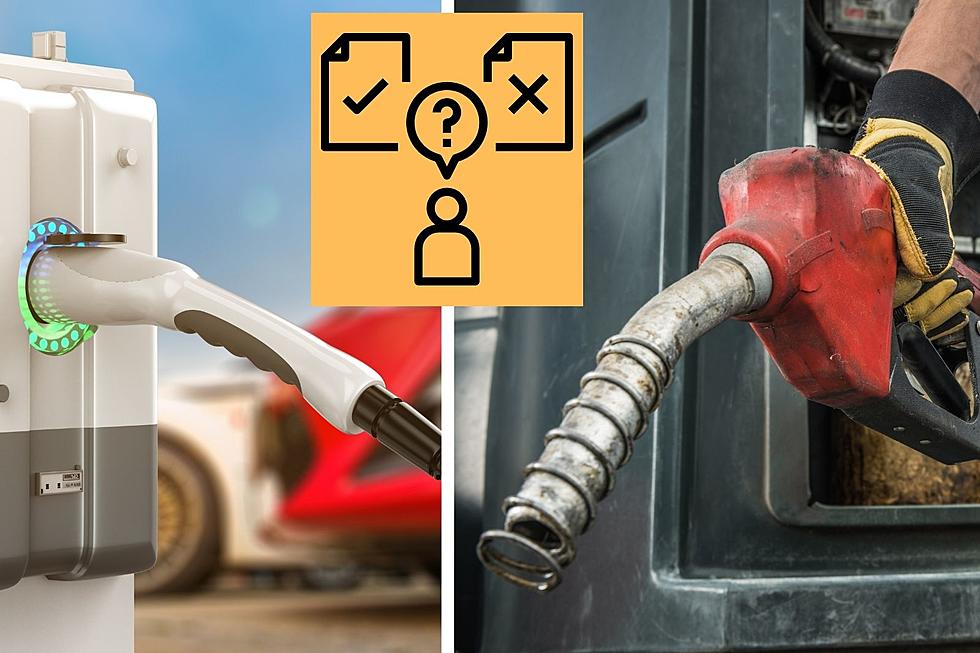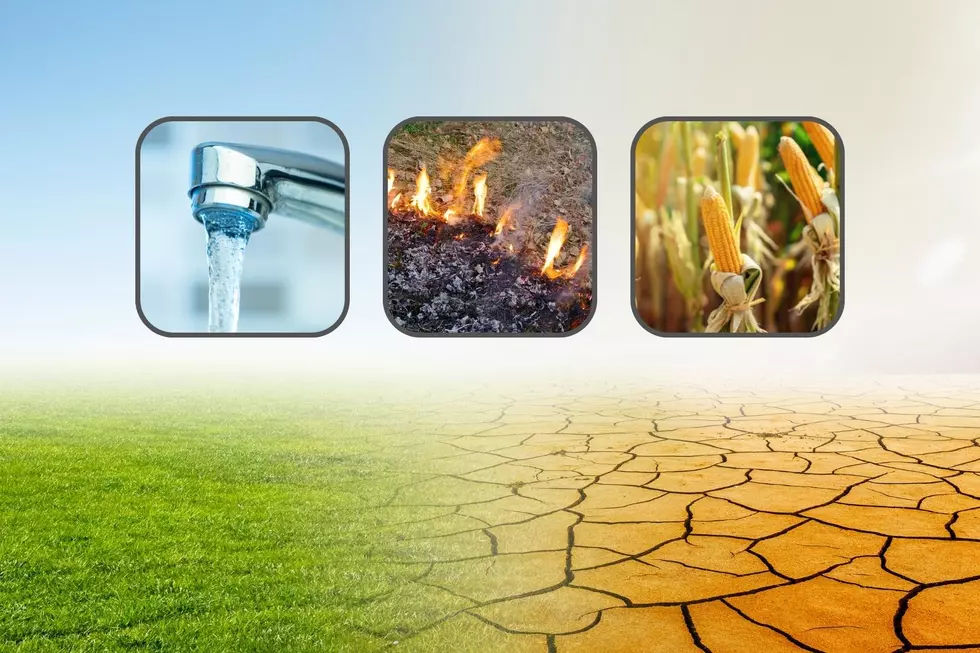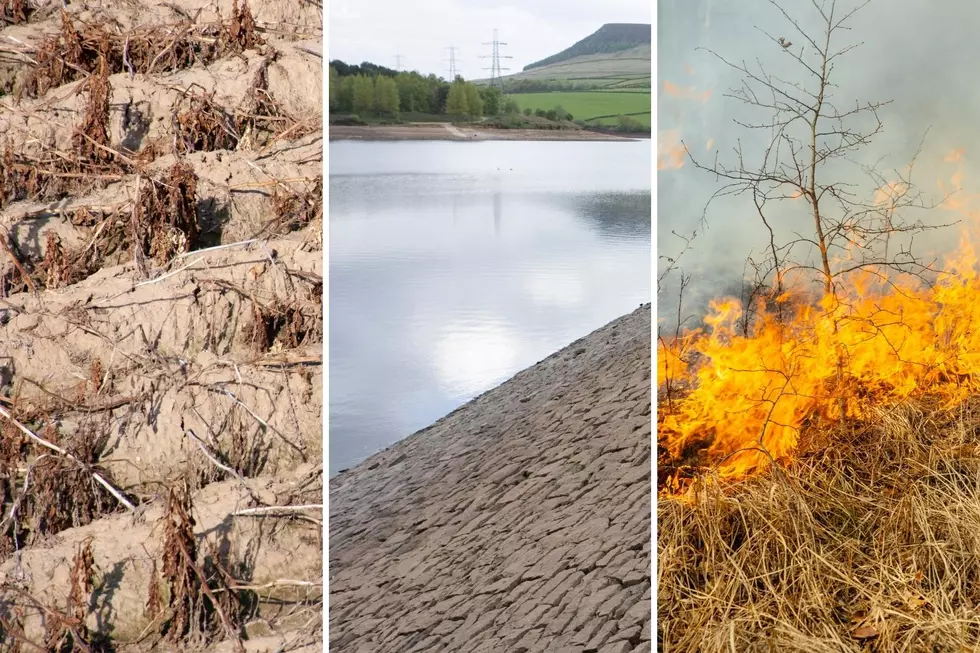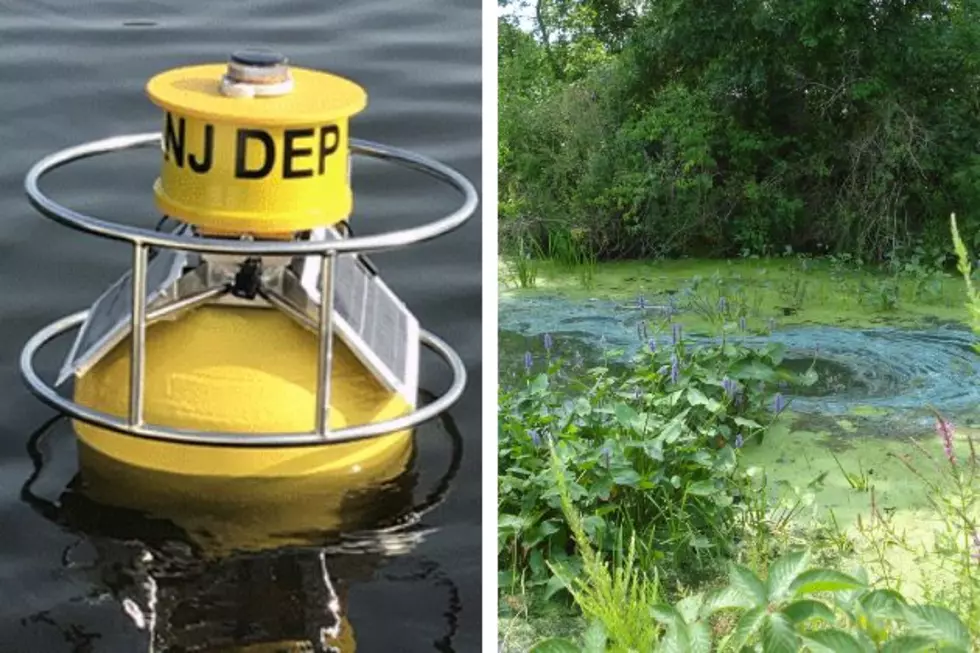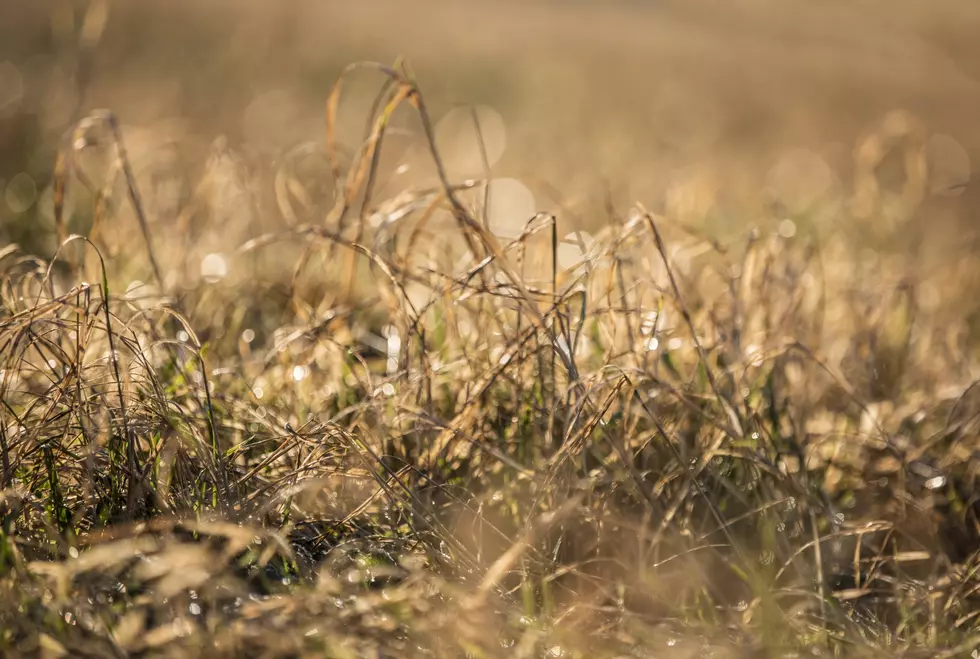
This week’s serious rain isn’t going to solve NJ’s drought problem
With much of New Jersey under a drought warning, badly needed rain is in the forecast for Tuesday and Wednesday.
According to Dave Robinson, New Jersey state climatologist at Rutgers University, any precipitation that falls will be welcome, but it’s not going to solve the state’s drought problem.
He said we don’t need a hurricane or tropical storm to replenish our reservoirs, “but we certainly need somewhat above normal precipitation between now and spring in order to fill things up.”
Robinson said the best way for badly needed rains to fall “is for it to come in 1-, at most 2- inch increments. That way you avoid flooding. You let more of it soak into the ground, which replenishes the groundwater, which flows into the reservoirs.”
He added “multiple inch to 2-inch rainfalls would really do the trick to improve conditions, over weeks or a couple of months, not all at once.”
Larry Hajna, a spokesman for the New Jersey Department of Environmental Protection, noted many reservoirs in the northern half of the state are now down to 50 percent of capacity.
“We really need to see numerous periods of sustained rainfall in order to get the kind of replenishment and recharge that we need in the reservoirs. The ideal scenario would be numerous soaking rains over many weeks or even months,” he said.
If more rain doesn’t fall and we stay in the dry pattern we’ve been in for months, Hajna said, the drought warning will be ramped up to the next level, which would be a drought emergency.
“The drought emergency would carry with it mandatory restrictions on nonessential water use outside, including watering of lawns, landscaping and car washing,” he said.
Hajna stressed all New Jersey residents need to be aware of the situation and look for opportunities to save water whenever possible.
“Some of the most obvious are making sure that your dishwashers and clothes washers are full before you run them, make sure that you’re turning off the faucet when you’re brushing your teeth or shaving, and take shorter showers,” he said.
He also suggested checking your house for possible leaks.
“If each household saves 10, 20, 30 gallons a day, it can make a big difference in making sure our supplies are stretched as much as possible,” said Hajna.
He noted in 1985 when the drought emergency reached a second phase, water suppliers were given permission to issue a surcharge on water usage in excess of 50 gallons a day per person, something that would only happen in the most serious type of emergency shortage.
More from New Jersey 101.5:
More From New Jersey 101.5 FM

